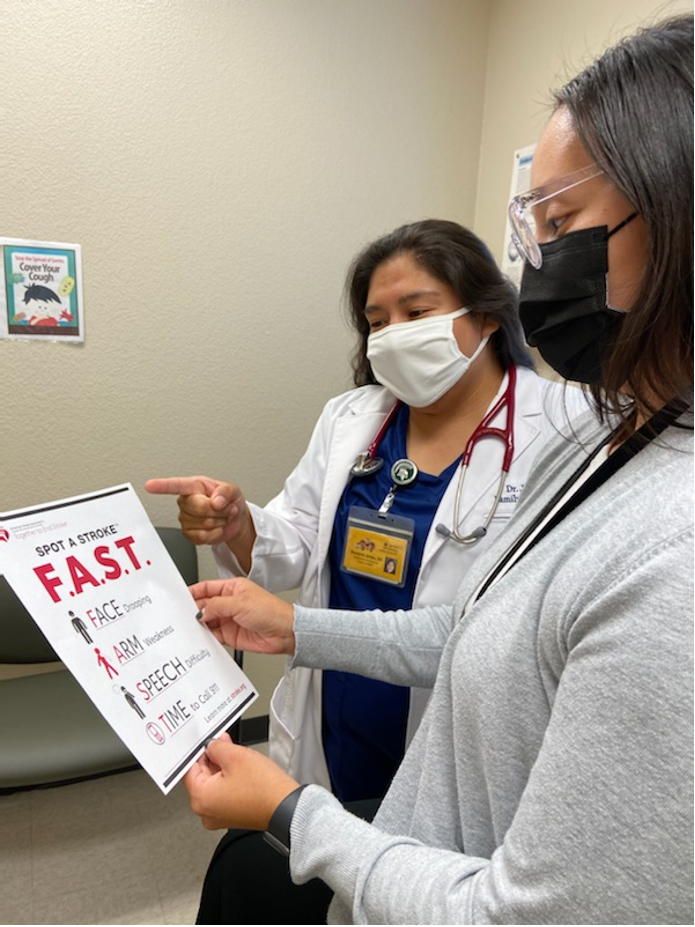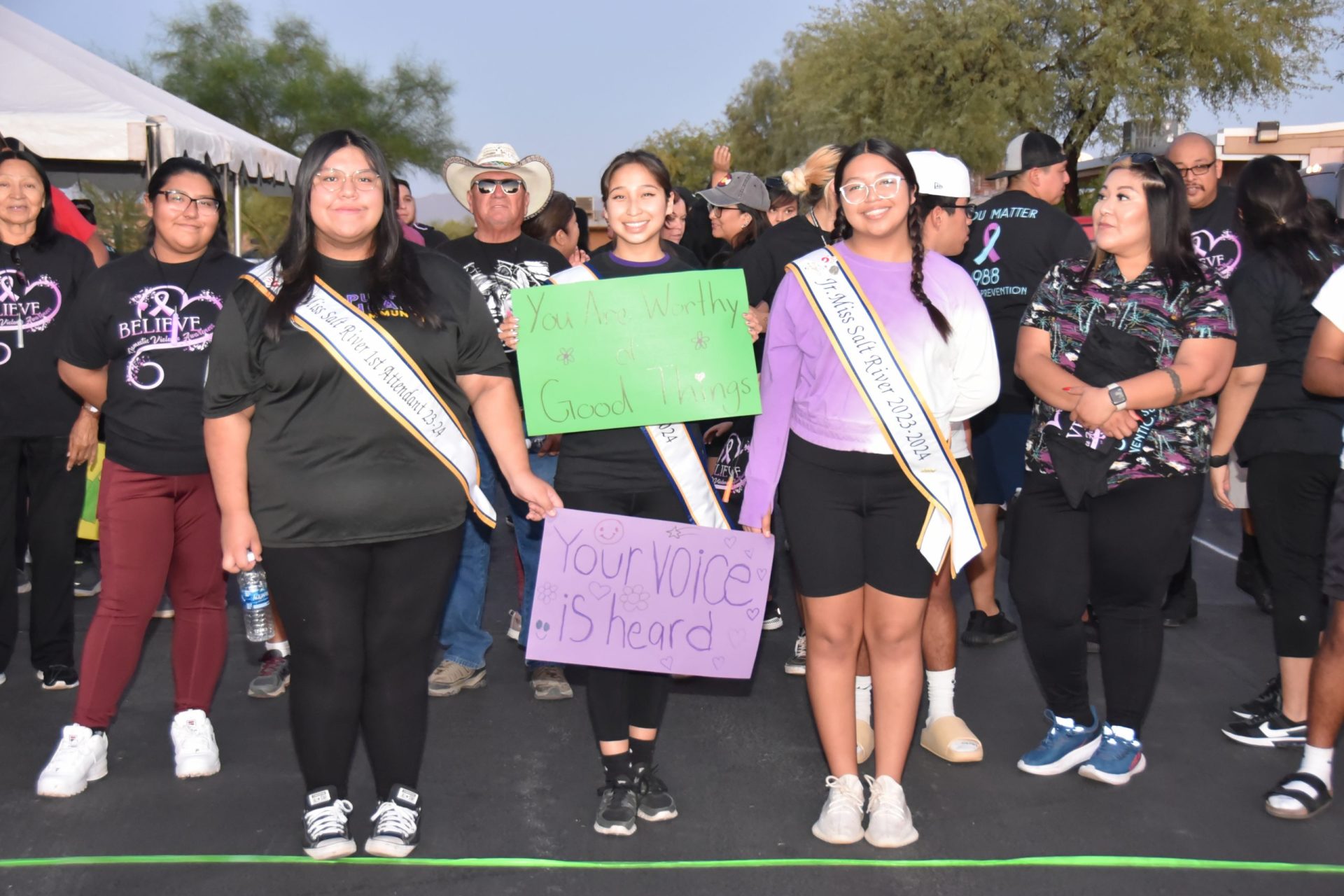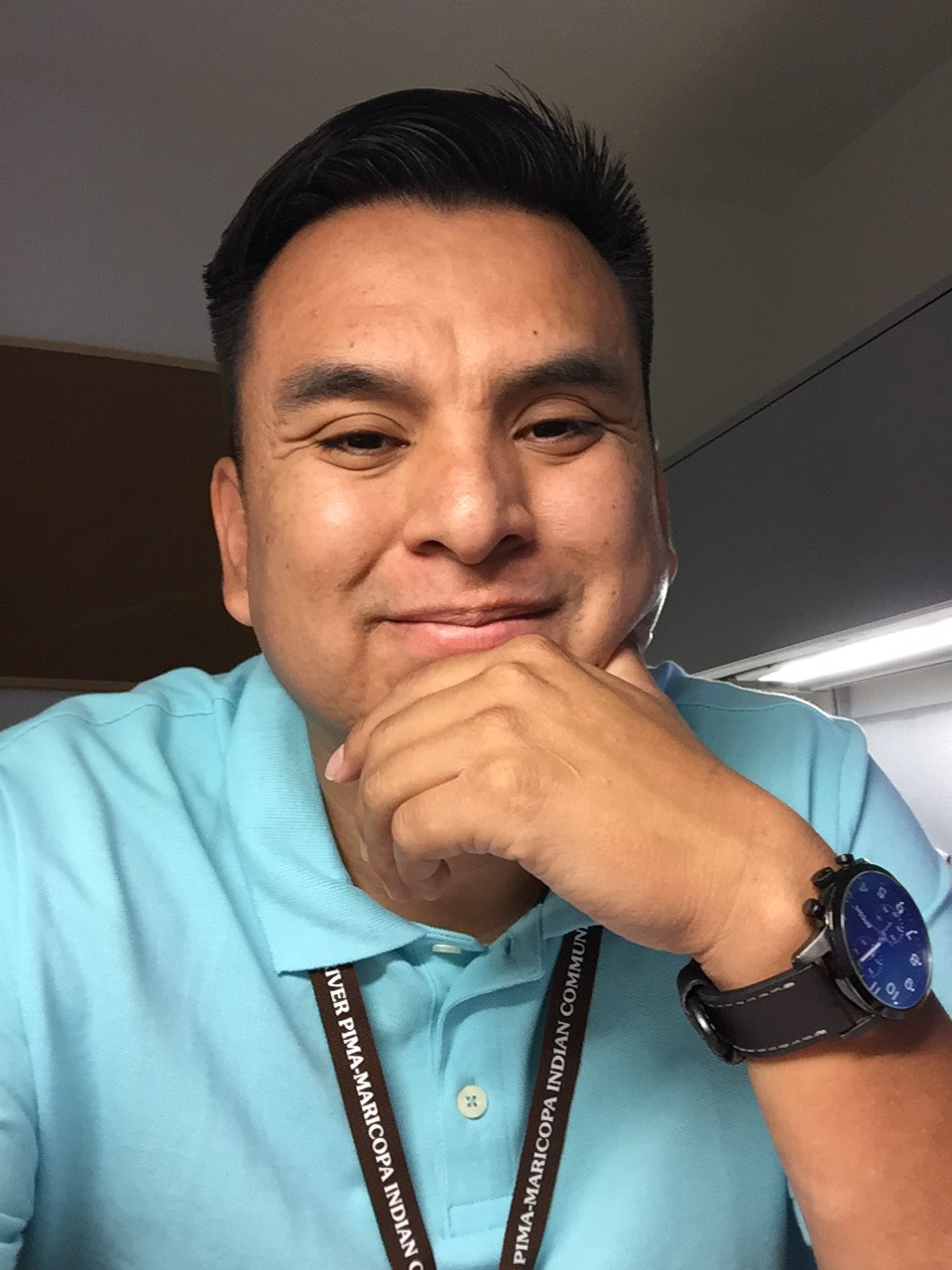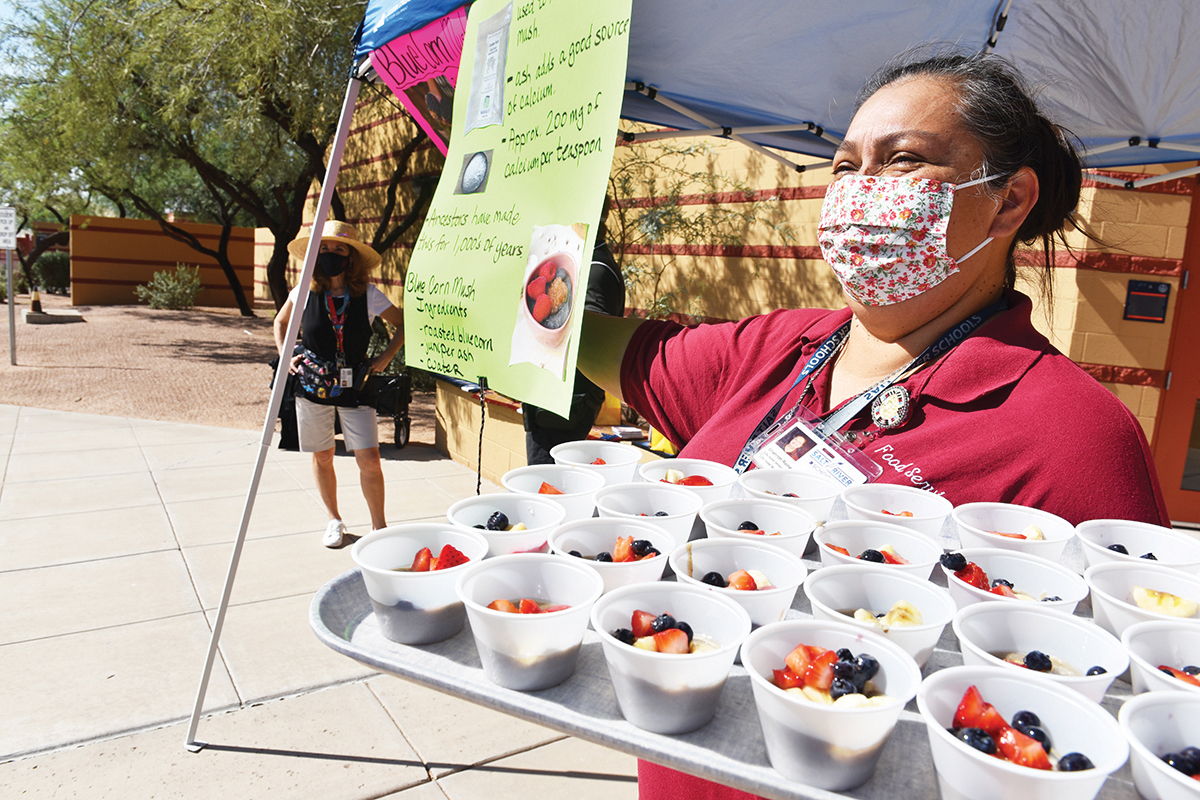VIEWS: 2559
May 6, 2021May Is Stroke Awareness Month
May is Stroke Awareness Month, and with the extra stress that the COVID-19 pandemic has caused on our population, now it’s more important than ever to bring to light the risk factors and prevention tips for strokes.
A stroke happens when the blood supply is blocked to part of the brain or if a blood vessel bursts inside the brain. Sometimes a stroke is called a “brain attack” because it is similar to a heart attack, which is caused by a blockage in the blood supply to the heart. Just like the heart, the brain needs oxygen to work. Oxygen is carried in our blood through our vessels and to the brain. When that blood supply is cut off to a part of the brain, brain tissue can become damaged or even die. This can lead to brain damage, long-term disability or death.
The three types of strokes to be aware of are ischemic, hemorrhagic and transient ischemic attack (TIA). An ischemic stroke occurs when a blood clot or fat blocks vessels, keeping blood and oxygen from reaching the brain. Often the blockage occurs in a carotid artery, the two large vessels on either side of the neck that direct blood to the brain. A hemorrhagic stroke occurs when a blood vessel bursts in the brain. A TIA, sometimes called a “mini stroke,” happens when the blood supply to the brain is blocked for a short amount of time and resolves on its own shortly afterward.
Raysenia James (Navajo), D.O., a board-certified family medicine physician with SRPMIC Health and Human Services, said that all three types of strokes are medical emergencies and should be evaluated as soon as possible.
“You cannot tell what type of stroke someone is having, so it is best to seek medical care immediately,” said James.
Stroke Signs
The following are symptoms of a stroke:
• Sudden numbness or weakness in the face, arm or leg, especially on only one side of the body
• Sudden confusion, trouble speaking, or difficulty understanding speech
• Sudden trouble seeing in one or both eyes
• Sudden trouble walking, dizziness, loss of balance or lack of coordination
• Sudden severe headache with no known cause
Each year, 795,000 people in the U.S. alone will have a stroke. During a stroke, every minute counts. The stroke treatments that work best are available only if the stroke is recognized and diagnosed within three hours of the first symptoms. Acting F.A.S.T. can help stroke patients get the treatment they need.
F—Face: Ask the person to smile. Does one side of the face droop?
A—Arms: Ask the person to raise both arms. Does one arm drift downward?
S—Speech: Ask the person to repeat a simple phrase. Is their speech slurred or strange?
T—Time: If you see any of these signs, call 9-1-1 right away.
James said that stroke risk factors include a history of prior stroke or TIA, high blood pressure, high cholesterol, diabetes, heart disease, unhealthy diet, not getting enough exercise, obesity, alcohol use, tobacco use, family history of stroke, age 55 or older, and being female.
Here are some ways to lower your risk of stroke: exercising, maintaining a healthy weight, not smoking or drinking alcohol, controlling your blood pressure and diabetes, getting regular checkups at the clinic, treating heart disease, taking your medicines as prescribed, and talking with your healthcare provider.
James attended Michigan State University College of Osteopathic Medicine for medical school, completed family medicine residency training at the University of Arizona in Tucson, and has been working in the HHS clinic since March 2020. “My childhood dream was to become a doctor to serve and work with Native people. I look forward to meeting and working with you,” she said.
James strongly recommends that everyone talk with their healthcare provider about their risk for a stroke and how to prevent it. Call the clinic at (480) 946-9066 to schedule an appointment with your primary care provider (PCP) or to establish care with the clinic as a new patient. James is currently accepting new patients.







